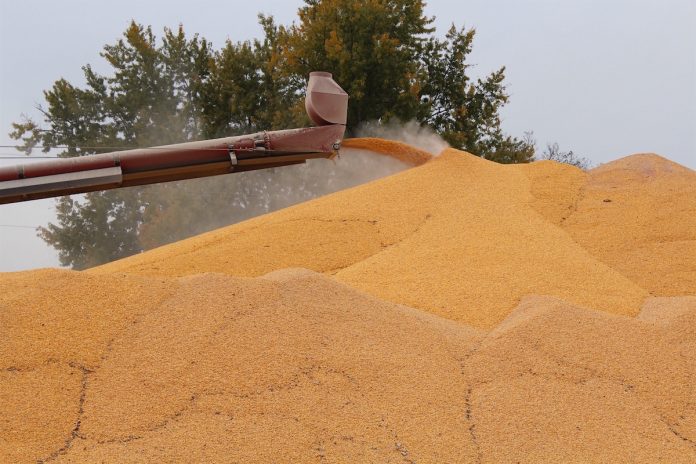In the short-term roller coaster that has been the grain markets in recent months, last week once again saw us with a volatile market.
As predicted, the U.S. Department of Agriculture gave us the same tired numbers in the supply and demand report Feb. 16, resulting in lower prices briefly, before the traders blew it off.
Then, Feb. 18 and Feb. 19, USDA gave us numbers from their outlook conference that encouraged the market. The result was a low after the report of $5.381⁄2 March futures, after the high of $5.741⁄2 Feb. 11 .
After traders digested the report, we finished back up at $5.521⁄2 for the day, up $131⁄2 for the day. Quite a bounce!
We put in a high at $5.551⁄2 Feb. 19 after the outlook reports. After being lower Feb. 22, we were, as this was written Feb. 23, at $5.541⁄4, up over three cents on the day so far.
Projections
At issue last week was the carryout projections we were looking for from the USDA. The last month’s estimate was that at the end of the marketing year, Aug. 31, we would have 1.55 billion bushels left over.
This is a little tight, but comfortable, with one billion being tight. Although traders thought that number should be much lower, even at 1.25 billion, USDA only lowered it to 1.5 billion bushels. The outlook estimate actually increased the carryout to 1.552 again, but other numbers have traders more positive to the market.
The export estimate was increased slightly, to 2.650 billion bushels, up from 2.6. Traders continue to expect that to be very low compared to the reality that we have already committed to most of the exports estimated for the year.
Increased domestic usage
The USDA expects our domestic usage to increase, taking up the slack in the 15.150 billion bushels of production they expect, up from 14.182 this year. USDA expects this production from an increase to 92 million acres of corn, with an average yield of 179.5 bpa, one better than last year. Those acres would be an increase from 89.7 million planted last year.
There are reasons to believe that the acres are a little high, and that would mean a significantly lower production and correspondingly lower carryout.
The result of these things on the market for the week was a gain in March corn futures of four cents, and a gain in the new crop December futures of 11 cents. We have not got back to the contract high of $5.741⁄2 March, but the rally is intact.
Soybeans
A bigger net gain was seen in the new crop soybeans. The March futures were up just five and a quarter cents, but the November contract was up a whopping 231⁄4 cents. We ended up with a carryout of 145 million bushels for the 2021-2022 year, which is still very tight, fueling the new crop futures rally. We expect to end this year with only 120 million bushels, which is even tighter.
The USDA expects 90 million acres to be planted, which is a million below a lot of private estimates. This means were are very tight in supply this year, with the anticipation of needing exports to process this summer.
Without more acres, we remain tight next year. This means the rally is likely not over in new beans.
Remember, the tug-of-war to get corn and bean acres is historically dramatic. We need 91 million of each, and that is more than we have ever planted before. They have to come from somewhere.













